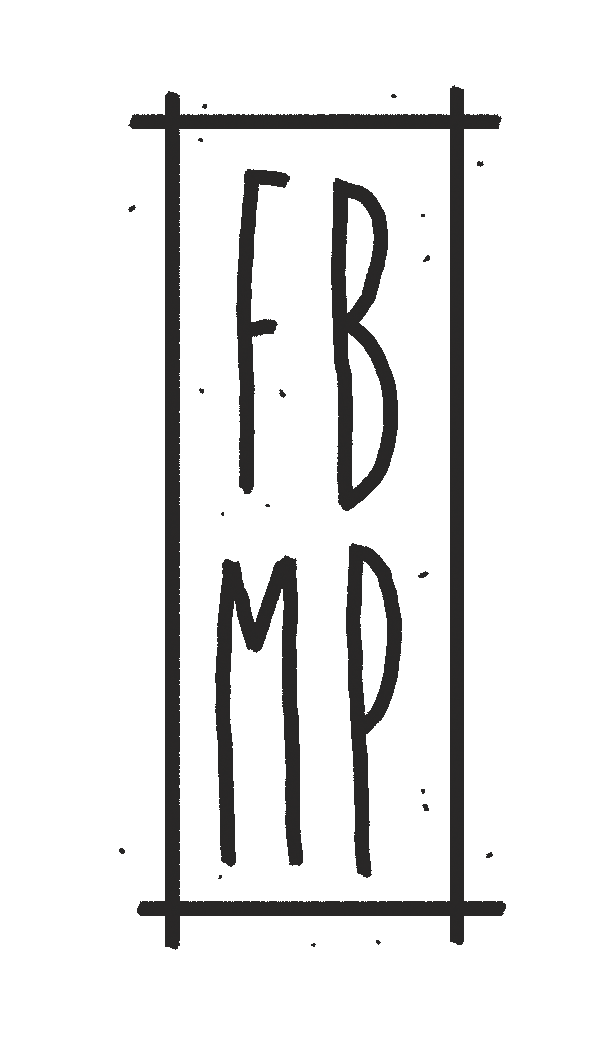Mandic Cloud Platform
Mandic Cloud Solutions is one of the largest references in Cloud and DevOps management in Latin America, and Brazil's leader in managing enterprise cloud environments (public, hybrid and private). MCP, or Mandic Cloud Platform, is their digital platform, that unites all of their products, and offers different types of solutions for the more than 4.000 customers Mandic has on its base, as a B2B company.
Since April 2020, I work as a Product Designer for the MCP Team on Mandic, while also in charge of some product management tasks.

MY ROLE
As Product Designer, my role in the team was to take care of the design and product strategies in the short, medium and long terms. Some of my responsibilities were to:
-
Know and study our user and user personas, reflecting on their experience and journey
-
Take care of the UX and UI decisions regarding the product
-
Maintain and expand the existing product Design System
-
Conduct interviews with users and meetings with stakeholders
-
Define and measure relevant metrics and KPIs for the product
-
Have a deep understanding of the company's business model and act on that
-
Be responsible for the Business Unit's OKRs (Objectives and Key Results)
-
Help define and maintain the product's roadmap
-
Feed the development's backlog, while prioritising deadlines along with developers and other team members
-
Test the product behaviour in various stages of development
-
Weekly report back to my superiors and stakeholders on our developments and the state of our roadmap
THE TEAM
The MCP Team was a multidisciplinary team, in charge of developing and maintaining this complex and dynamic digital product. I've worked with frontend and backend developers, Product Owners, Tech Leads and Scrum Masters. We followed Agile methods, using Scrum or Kanban frameworks and task management softwares (such as Jira).

THE PRODUCT
MCP is a digital platform that unites many of Mandic's products and services. It allows users to upgrade their private cloud infrastructure, buy new products and solutions offered by Mandic, run security tests on their cloud environments, keep up with tasks that are being executed by Mandic's teams on their environments, build resilience matrix for their contexts, manage corporative email accounts, get in touch and follow-up any open tickets with Mandic's teams, manage settings and financial information, among many other things.
THE USER(S)
As a multi-purpose digital product, MCP poses a real challenge when it comes to identifying its users. The platform is used internally, by Mandic's employees, but also externally, by the company's customers. Mandic Cloud sells its solutions to other companies and business, going from nation-wide fast food chains and big medical care corporations, to medium-size financial institutions and small local business.
On one side, the platform should allow internal users to work more efficiently on their daily tasks. On the other hand, MCP needed to be transparent for the external user, allowing them to take control of their environments and the work that is being done on their behalf.
Some of the features my team developed were intended to internal use only; some were aimed to external users and some were mixed. With each new challenge, it was part of my job to identify the user and to have their persona in mind when designing.
EXPECTATIONS FOR THE PRODUCT
The company's expectations regarding MCP as a product were that every new solution or product created could one day be added to the platform. It was part of my job to understand the true value these new features could have to our users, at the same time, guaranteeing that the product would remain consistent and offer a satisfactory experience to our users regardless. In my time working as a Product Designer at Mandic, I helped maintain or develop more than seven features and new products.

FEATURES AND PRODUCT DISCOVERY
One of the products my team helped develop and implement, called Cloud Compliance, was a collection of automated routines that could be run on cloud environments. Mostly of its use was internal, with the tests being ran by Mandic's DevOps engineers on our customer's cloud environments. However, its use was not restricted to it, as we saw some of Mandic's customers using it on their own. These routines were related to security, cost optimization and environment reliability.
We collected feedbacks and I ran some sessions in which I've watched users as they navigated the product. As we did this, we were able to implement new features on the product, such as the possibility to select and ran all tests at once, scan more than one environment at the same time, extract the results in PDF format, among other things. I've also participated in meetings with external customers, to see how they related to the tests results.
It's interesting to note that during this process, we observed a great interest of our customers when it came to security aspects of their cloud environments. With that in hands, we could start the discussion around a new product that could be part of Mandic's portfolio: a product specialised in Cloud Security. In the course of a few months, we tested and deployed an entirely new product, to which I acted as assistant Product Manager.
METRICS
As Product Designer, part of my job was to follow the product metrics. From June to September 2020, we observed an increase of 138% of product usage (measured by hours of tests ran by users) and an increase of 63% in client's approval of activities originated from the product's tests. Some of these metrics were also part of my BU's OKRs for that period.
